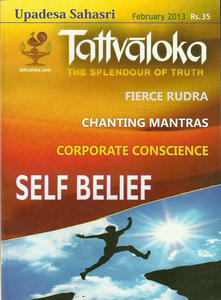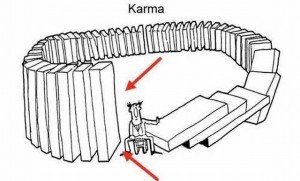vivekacUDAmaNi is a famous text on advaita teaching, usually ascribed to Shankara. The very first verse, after the formal salutation for auspiciousness, speaks of the rarity to be born as a male human being. It says:
jantUnAm narajanma durlabham atah pumstvam tato vipratA …
(For all beings, the human birth is difficult to obtain; much more so is a male body; rarer than that is brahminhood…)
Now we have genetic support!
Dr. E.M. McCarthy, a Georgia University geneticist, comes up with a controversial new hypothesis of humans evolution. He says that the genetic evidence overwhelmingly suggests that we are a rare cross between a male Pig and a female Chimp.
Can 48/2 of Chimps chromosomes + 38/2 of pig = 46 of a man? Well, don’t ask such silly math questions. Who can remember what happened after all over 80 million years ago?
So Sitara, Dhanya and Meenakshi, Don’t blame us if we are boastful of ourselves!
(If you are more curious see: http://www.macroevolution.net/human-origins.html#.Upoej8RDuSr)



